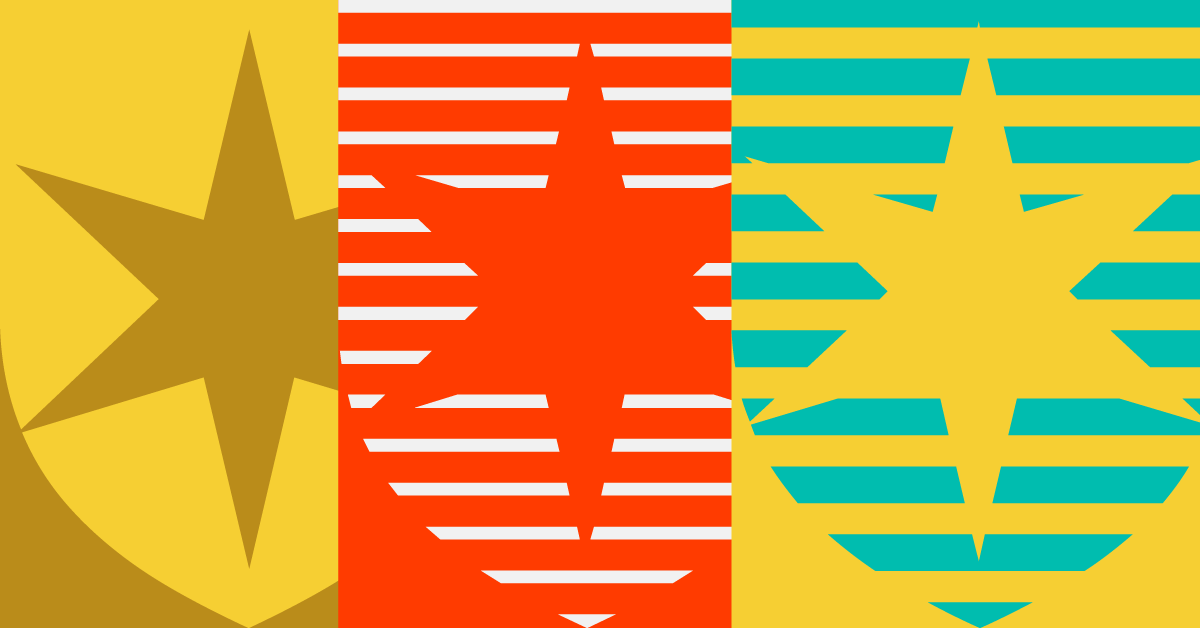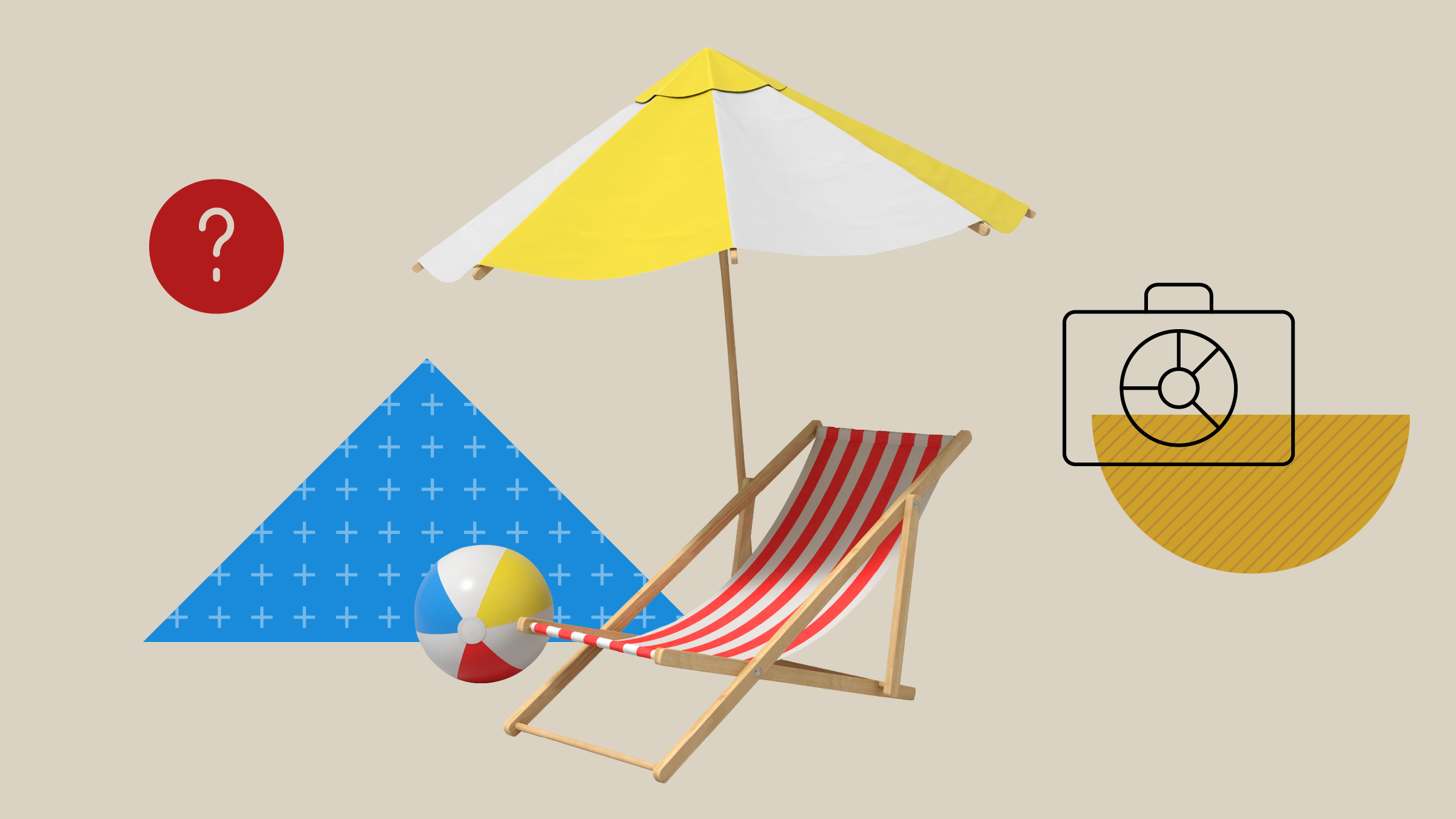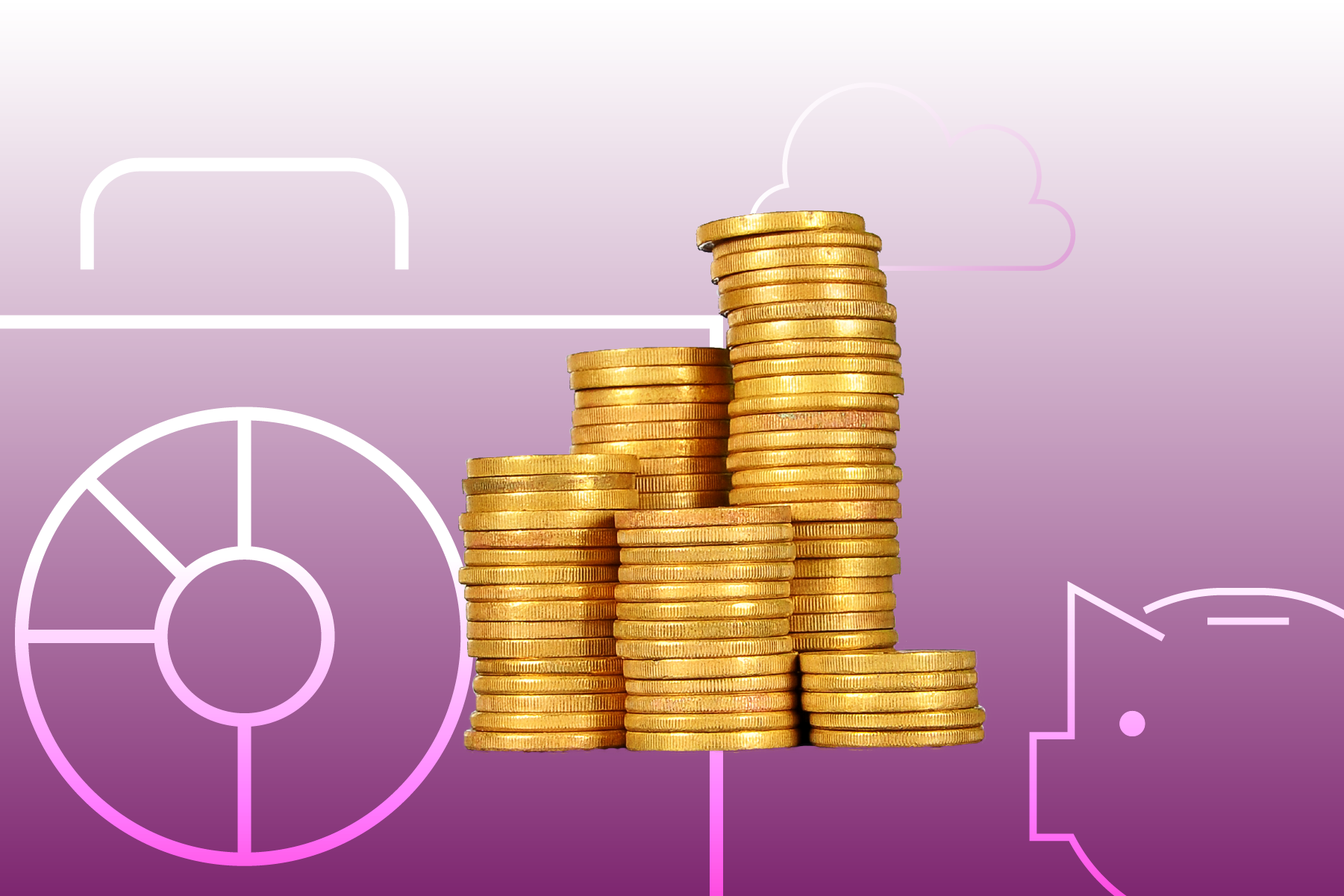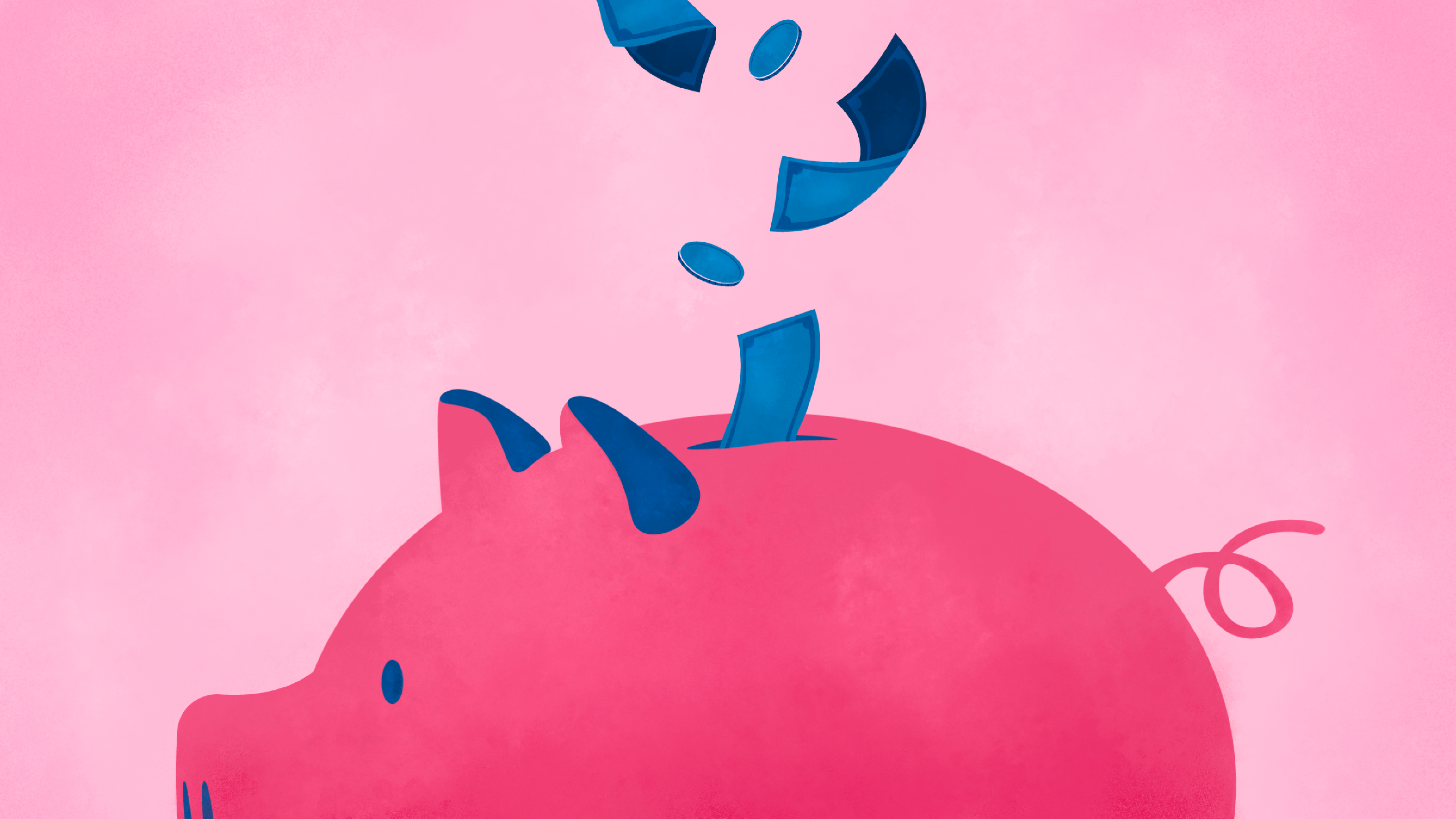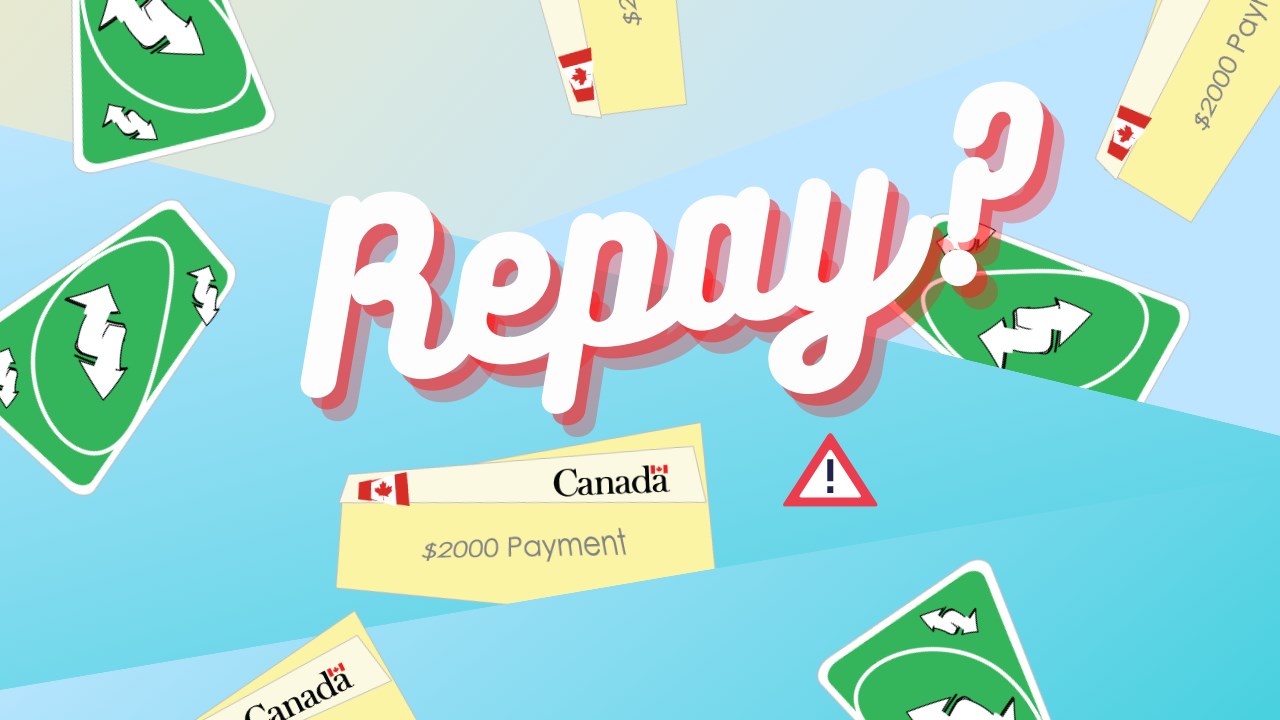
If you’re one of the 441,000 Canadians who were told to repay parts of the Canada Emergency Response Benefit (CERB), you’ve probably have a lot on your mind. After getting past the initial shock, you may feel unsure on how to manage the situation. Here’s what the experts say.
“The government is not someone you want to owe,” Cindy Marques, a CFP and financial-literacy advocate. “I’ve worked with clients who have years of outstanding taxes owed to the CRA and it becomes a very serious issue. They can freeze your bank accounts. They can garnish your wages,” and it has a “big negative effect” on your credit score.
Since November, the Canadian Revenue Agency (CRA) has sent letters to those who were deemed ineligible for the CERB, notifying them to pay back some or all of the total that they received. There are a lot of individuals out there responsible for up to $14,000.
Double-Check Your Eligibility
Confusing messaging from the CRA, pending court cases and shifting regulation may lead the government to let you off the hook for CERB, says Marques. The best-case scenario is that they don’t enforce you to repay.
At a news conference on February 9th, Justin Trudeau announced that self-employed Canadians “who accessed CERB based on their gross income instead of net income — as long as you met the other eligibility criteria – will not have to return your CERB payments.”
The prime minister did not rule out exempting other CERB recipients from repayment, so there is no absolute certainty until tax season, or perhaps even later.
“If you received one of those letters, what matters is why they were saying you are ineligible,” says Liz Schieck, a CFP at the New School of Finance. Double-check your eligibility by reviewing “the date of the letter, talking to your accountant, and looking at your past returns. If you’re still not sure what’s going on, you need to call the CRA.”
If you ask around and still aren’t sure what you owe because, for example, you’re waiting for a lawsuit to wrap up, Marques suggests waiting “until April “to see what progress is made.”
Budget the Cost of Repayment
What if you need to dig into your emergency fund to pay the CRA? “Sometimes it’s better to rip that Band-Aid off and pay that bill, but it depends,” says Schieck. “Do you have the ability to build back that emergency fund over the next few months? [If not], I would call the CRA and try to get a payment plan, rather than cleaning out your savings and being entirely debt-free with no way to pay for your life.”
Don’t forget to factor in taxes for the portion of CERB that you were allowed to keep. The pandemic benefits are taxable income, “so you should already be setting aside a portion of it in preparation for” tax season, says Marques.
The government announced that Canadians with pandemic benefit debt will have up to a year to repay the amounts owing without accumulating any interest. However, this perk applies only to those who made less than $75,000 in taxable income in 2020.
If you have no other debts, a healthy emergency fund, and you can easily pay the CRA, “then yes, pay it,” says Marques. “There’s no reason to wait.”
Consolidate Your Debts
If you have high-interest debts, one strategy is to negotiate small monthly installments with the CRA and “prioritize” paying down high-interest loans, like credit card debt, before the CRA, says Marques.
If you can’t afford your entire tax bill and you made over $75,000 last year, consider consolidating your debt with a low-interest line of credit so that you can stay in good standing with the CRA and pay it off faster.
“It very likely might be a better move,” says Schieck. An ideal time to consolidate your debts is right before filing your taxes. That’s because, generally, lenders will not be willing to extend a line of credit to you “if you’re not in good standing with the CRA,” she says.
There are also some good reasons against consolidating, she says. “If installments to the line of credit are going to be more expensive and difficult to manage from a cash-flow perspective, then a payment plan with the CRA is the better option.” Using a line of credit may “put people in a precarious cash-flow position where they’re not going to make ends meet every month,” she adds.
Call the CRA, ASAP!
“If you do owe the CRA money, the best thing to do is get on the phone with them,” says Schieck.
It is important to call them sooner rather than later, “because, by April, those phone lines are going to be off the hook,” warns Marques.
“Look at your own financial situation before you get on the call,” recommends Schieck. Find out how much you can afford per installment so that you can pay when the time comes.
What Do You Say to Start?
She says: “You would call them up and say ‘I have an outstanding debt that I can’t pay all at once. What are my options?’” In her experience with clients, the CRA is responsive to individuals’ situations and usually helpful.
If you are matched with an agent who isn’t helpful for you, you can always try calling back.
The biggest mistake is doing nothing, she adds. “Anything you can do to start dealing with things – getting some financial planning advice, budgeting, or calling the CRA – are all positives.”









